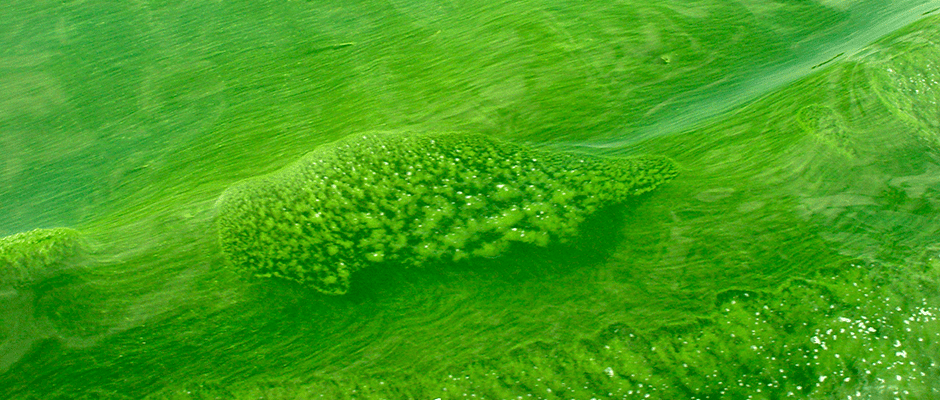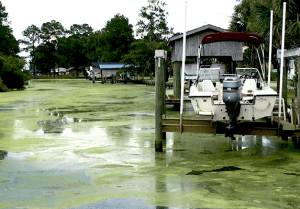Share this article
With climate change, fun in the sun may mean fun in the scum
As climate change warms the planet, algal blooms may leave lakes throughout the United States covered with scum, harming aquatic ecosystems and interfering with people’s enjoyment of the water.
“If we put an economic value on it, it’s millions of dollars,” said Steven Chapra, lead author on recent research published in Environmental Science & Technology that modeled the effects of harmful algal blooms on aquatic recreational activity.
Part of an interdisciplinary team of biologists, engineers and economists, Chapra developed a comprehensive model to predict how many days aquatic recreationists in the United States would lose due to poor water quality ensuing from harmful algal blooms through 2090. The approach included computerized data on the country’s streams and reservoirs under various projections, accounting for changes in temperature, greenhouse gases, wind and other factors such as population growth. The model forecasted 18 to 39 recreation days lost per water body in 2090, up from seven days in current conditions.
The predicted culprit is a type of microscopic phytoplankton called cyanobacteria. The earth’s oldest photosynthetic organisms, cyanobacteria have existed for over 3.5 billion years, said Chapra, a civil and environmental engineering professor at Tufts University. Because they’ve been around for so long and they’re primitive, he said, they’ve thrived at the hottest points on the geological temperature record and adapted to changes in climate more easily than other plants.
“If it gets warm enough, cyanobacteria are the only thing left standing,” Chapra said.
Thriving on nutrients from farms, urban runoff and natural sources, the cyanobacteria can form a thick, bright green layer on the water surface that blocks sunlight, he said, and eventually, they outcompete other algae that form the foundation of the aquatic food web. Since nothing eats cyanobacteria, the carbon they contain never moves up trophic levels or supports other life, and the bacteria spread unchecked. What’s more, these phytoplankton carry toxins that can harm and even kill waterfowl and other wildlife.
“Species diversity will go down, and all things you’d find in a balanced ecosystem will go out the window,” he said.
Cyanobacteria pose a hazard to human wellbeing, too, Chapra said. They accumulate in unsightly piles onshore when the wind blows, reek like rotten eggs when they die, sicken people who swim in bloom-filled water, and lower lakeside property values. Exacerbated by climate change, his paper warns, cyanobacterial blooms spell trouble for human recreation.
“It will make you not want to take your boat out or jump in the water, and it’ll mean you can’t fish,” he said.
The model found that the warm, wet Southeast will lose the most recreation days, but cool New England, which currently enjoys high water quality, will see the biggest relative change.
“We have some of the best water quality in world,” Chapra said. “Now when you change the climate, the background on everything, it changes the whole ballgame.”
Header Image: An algal bloom floats in Hamilton Harbor, Lake Ontario. ©NOAA









